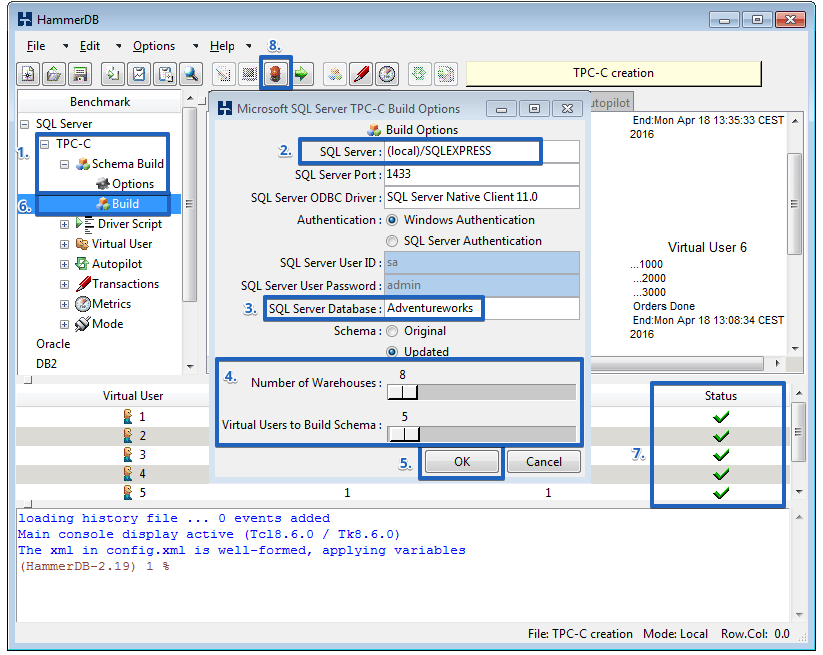
Restore master from a current database backup. If master becomes unusable, you can return the database to a usable state in either of the following ways: If you do, master must be backed up more frequently.ĭo not set the TRUSTWORTHY option to ON for the master database.

If you could manage to find an older version of Resource Database they you will have to reapply the subsequent patches.For Azure SQL Database single databases and elastic pools, the user has no control over these database options.Then before restoring master database using WITH MOVE option a copy of Resource Database’s. In case if there is a hardware failure and you need to rebuild your environment by restoring master database on to a new drive location.Resource Database should be present is the same location where master database files reside.For more information, see Resources Database in SQL Server. The ID value of resource database has remained same across all versions of SQL Server 2005 to SQL Server 2014.

Most importantly the ID of resource database is always 32767. Resource database consists of two files namely mssqlsystemresource.mdf and mssqlsystemresource.ldf. However, resource database will only store system objects and you cannot store user data or metadata. System objects such as sys.objects are physically stored in Resource Database which appears logically in the SYS schema of each database. Resource database is a read-only system database which is hidden from users.

It’s a read-only system database which is hidden from users and in this article we will discuss how to backup and restore Resource Database in SQL Server.ĭBAs should backup Resource Database along with other System Databases in SQL Server as part of Disaster Recovery and most importantly document the location of each and every system and user databases. Microsoft SQL Server 2005 introduced a new system database namely Resource database.


 0 kommentar(er)
0 kommentar(er)
